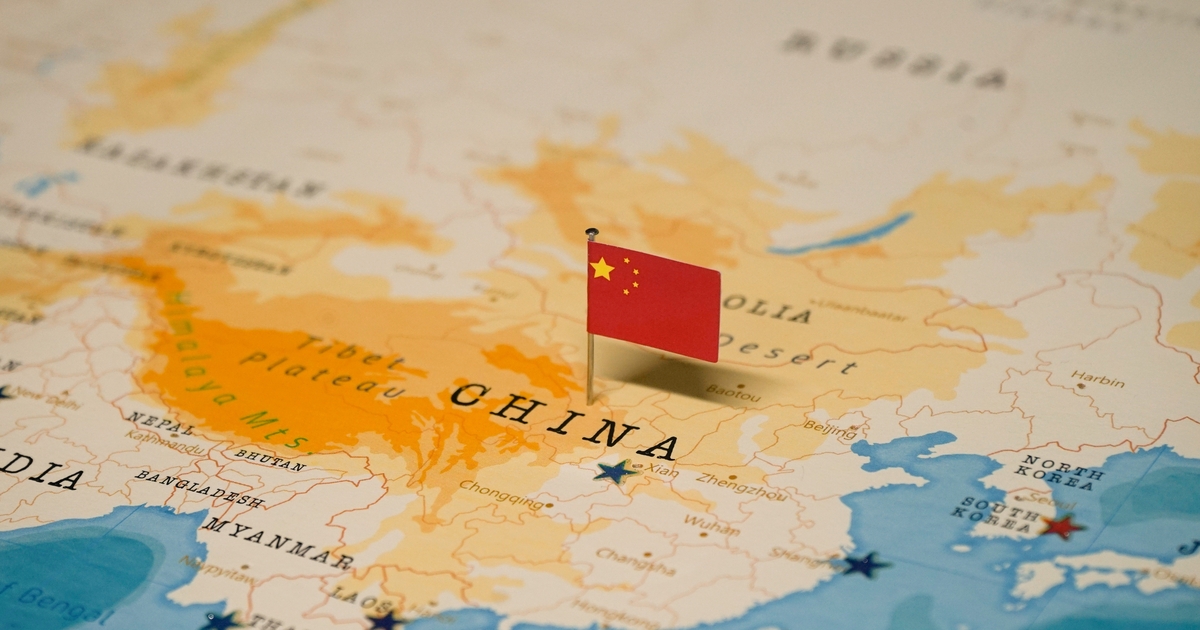Santa Claus is Chinese (The 2005 Edition)
Is the United States’ Christmas “Made in China”?
December 25, 2024

I know Santa Claus is Chinese because each Christmas morning after all the gifts are unwrapped and things settle down, I systematically go through the presents to see where they are made.
The results are almost always the same — roughly 70% are from China. After some research, it seems that my one-family survey is representative of the country as a whole.
Imported toys
Let’s start with toys. Some 80% of the toys sold in the United States — from Barbie dolls to video games — are made in China. Talking toys that speak English curiously enough, learned the language from Chinese workers.
Electronic goods — from Apple’s iPod to Microsoft’s Xbox — are made in China. Clothing — from the latest cashmere sweaters to gym suits — is also likely to have a “Made in China” label.
Chinese trees
The Christmas tree itself may come from China. While real Christmas trees are grown in every state in the United States and are marketed locally, many families now gather around artificial Christmas trees.
Eight out of every ten artificial Christmas trees sold in the United States are made in China. In 2005, Americans spent over $130 million on plastic Christmas trees from China.
Importing nativity scenes
Americans also spend over $1 billion on Christmas ornaments from China. And in perhaps the greatest irony of all, even nativity scenes are made in China.
In 2005, Americans spent more than $39 million buying nativity scenes shipped in from the East. China’s success in attracting foreign investment capital and mobilizing this huge workforce has made it the workshop of the world.
A much deeper metaphor
That the U.S. Christmas is quite literally made in China is a metaphor for a far deeper set of economic issues affecting the United States today.
Christmas is celebrated in both the United States and China — but for different reasons and with far different economic consequences.
For the Chinese, the manufacturing bonanza means record profits, rising incomes — and, in a society where people save some 40% of their income, a sharp jump in savings.
Increasing debt
In the United States, Christmas shopping expenditures, headed for another record high, contribute to rising credit card debt as well as a soaring trade deficit.
Underneath the American Christmas spirit and good cheer is a debt-laden society that appears to have lost its way, marred in the quicksand of consumerism.
A society in debt
As a society, we Americans seem to have forgotten how to save so we can invest in a better future. Instead of leaving our children a promising economic future, we are bequeathing them the largest debt burden of any generation in history.
At the personal level, credit card debt just keeps climbing. At the federal government level, we have the largest deficit in history. At the international level, we have a trade deficit that moves to a new high month after month.
In the United States we are so intent on consuming that personal savings have virtually disappeared. We have an average of five credit cards for every man, woman and child.
Highest national debt
Of the 145 million cardholders, only 55 million clear their accounts each month. The other 90 million cannot seem to catch up and are paying steep interest rates on their remaining balances. Millions of people are so deeply in debt that they may remain indebted for life.
The official national debt, the product of years of fiscal deficits, now totals $8.5 trillion — some $64,000 per taxpayer. By the end of the Bush Administration in 2008, this figure is projected to reach a staggering $9.4 trillion.
We Americans are digging a fiscal black hole for ourselves — and sinking deeper and deeper into it.
Receiving help from a developing country
Each month, the U.S. Treasury covers the fiscal deficit by auctioning off securities. The two leading international buyers of U.S. Treasury securities are Japan and China. In this role, China is now also becoming the banker of the U.S. government.
This developing country, where income levels are one-sixth those of the United States, is financing the excesses of an affluent industrial society. There is something wrong with this picture.
High time to use the holiday season to reflect on our unsustainable ways and means.
Editor’s note: This essay by Lester Brown, the founder of the Worldwatch Institute, was first published in 2005. We are re-publishing it this year since the author’s observations have lost none of their oomph. One note of caution, though: The various figures cited in the article date from 2005.
Takeaways
I know Santa Claus is Chinese because each Christmas morning after all the gifts are unwrapped and things settle down I systematically go through the presents to see where they are made.
Some 80% of the toys sold in the U.S. — from Barbie dolls to video games are made in China. Talking toys that speak English curiously enough learned the language from Chinese workers.
Eight out of every ten artificial Christmas trees sold in the U.S. are made in China. In 2005, Americans spent over $130 million on plastic Christmas trees from China.
That the U.S. Christmas is made in China is a metaphor for a far deeper set of economic issues affecting the U.S.
Underneath the American Christmas spirit and good cheer is a debt-laden society that appears to have lost its way, marred in the quicksand of consumerism.
It is high time to use the holiday season to reflect on our unsustainable ways and means.
Perhaps the greatest irony of all, even nativity scenes are made in China.

